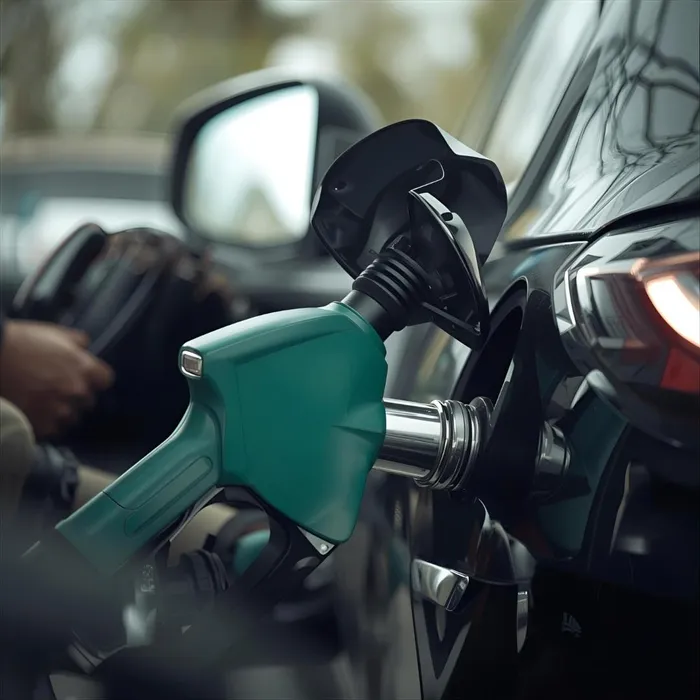6 smart driving habits to cut your fuel costs today

There are a number of ways you can drive to improve fuel consumption.
Image: Canva
With fuel prices on a rollercoaster and household budgets under constant pressure, South African drivers are looking for ways to squeeze more kilometres out of every tank.
While you can’t control global oil prices or geopolitical tensions, you can control how you drive - and that could make a noticeable difference at the pumps.
“Defensive driving is not just about safety; it’s one of the most effective ways to reduce fuel consumption,” explains Eugene Herbert, CEO of MasterDrive. “Adapting your driving style can cut costs, protect your car and ease the strain on your wallet.”
Here are six practical tips to help you save fuel without spending a cent.
Anticipate the road ahead
Anticipatory driving is at the heart of both eco-driving and defensive driving. By looking 10 - 12 seconds ahead, you can predict traffic flow, avoid unnecessary braking, and reduce repeated acceleration.
Studies suggest that erratic driving like this can increase fuel use by 10 to 40%, while also wearing out brakes and tyres faster.
Keep your speed in check
Speeding not only risks fines but also burns through fuel. Cutting just 20 km/h from your cruising speed can reduce consumption by up to 20%. On highways, the sweet spot is often between 100 and 120 km/h, where most cars achieve their best efficiency.
Change gears smartly
Whether driving manual or automatic, smooth and timely gear changes make a big difference. For manuals, keep revs around 2,500-3,000RPM where engines tend to run most efficiently.
Combine this with regular servicing and oil changes for maximum savings - potentially cutting another 20% off your fuel use.
Plan your journeys
Cold starts are fuel-hungry. Instead of multiple short trips, try to combine errands into a single run. Apps that help you avoid heavy traffic or carpooling with colleagues can also prevent wasted time and fuel.
In stop-start congestion, consumption can rise by as much as 40%.
Don’t carry dead weight
Every extra kilogram your car carries requires more fuel to move. Clear out the boot of unnecessary clutter, remove roof racks when not in use, and travel lighter where possible. Even a few kilograms of reduction can add up over weeks and months.
Check tyre pressures
Under-inflated tyres cause too much of the tyre to touch the road, increasing friction and wear. A tyre doesn’t need to look a little flat to be under-inflated; always check it using a tyre gauge. A tyre with 25% of the air let out of it still looks like a fully inflated tyre.
Increased rolling resistance makes the engine work harder, gives poor braking performance and increases fuel consumption due to the rolling resistance.
Over-inflated tyres provide a bumpier ride, compromise handling, and create uneven tread wear. It’s not true that the more your tyre is inflated, the better the fuel economy is. Always keep your tyres inflated at the recommended level.
Takeaway
Individually, each of these habits can trim your fuel use by around 10-20%. Together, they could make the difference between filling up once a week or once every 10 days - a meaningful saving in today’s climate.
As Herbert says: “Driving efficiently is not just about saving money. It’s about safer roads, lower emissions and smarter habits that benefit everyone.”
Related Topics: